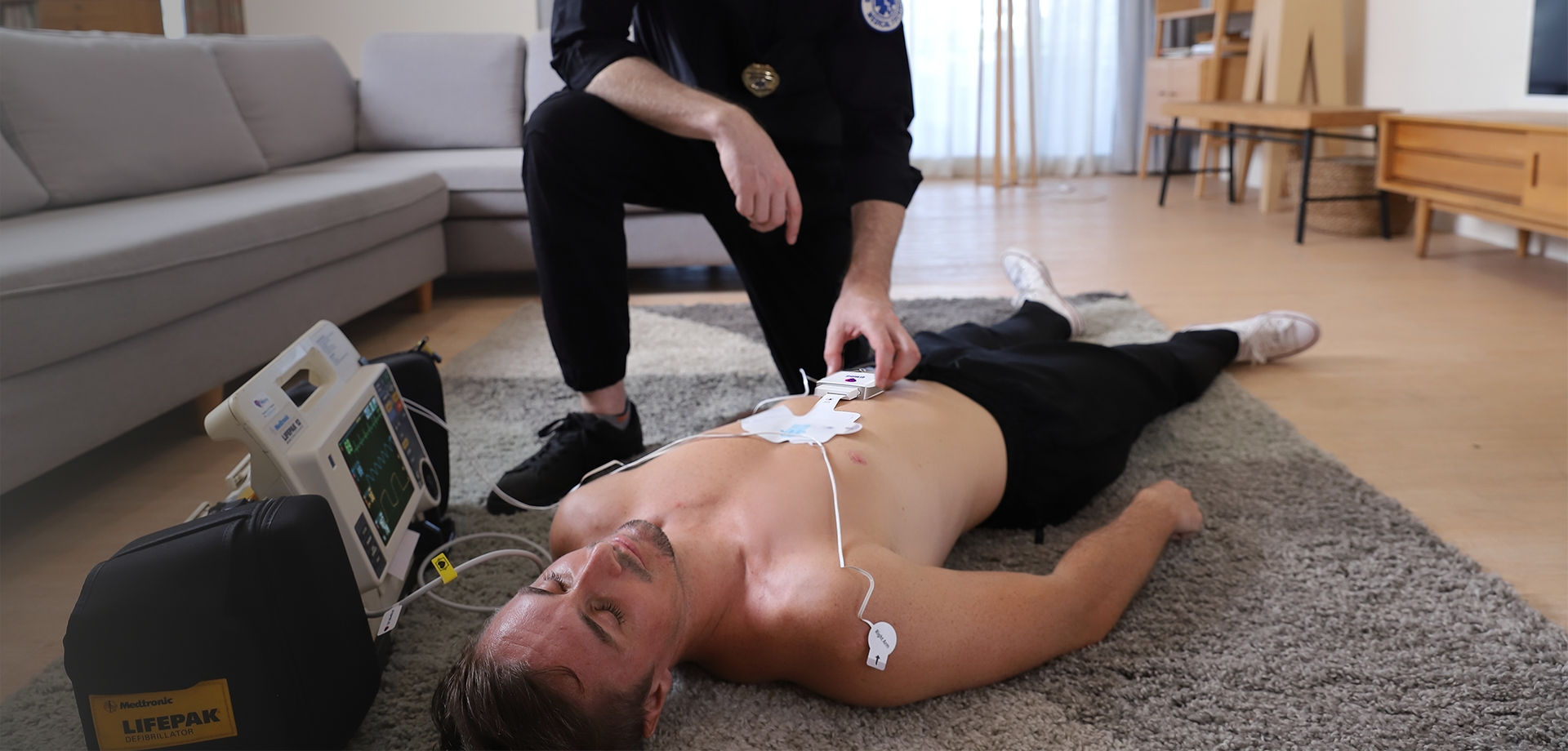EMS & Emergency Departments
Rapid & Reliable ECG for EMS & Emergency Departments
PCA 500 and QHeart® Sensor provide EMS teams and emergency departments with a fast, reliable, and infection-resistant solution for on-the-go cardiac assessments, enhancing patient care and streamlining emergency workflows.
Advantages
-
Rapid, Reliable ECGs in Critical Moments
No more bulky, time-consuming setups—PCA 500 streamlines ECGs for faster cardiac assessments in the field and during transport, where every second counts.
-
Seamless Data Transmission for Faster Decisions
Real-time ECG transfer ensures emergency departments can prepare immediately, reducing delays and improving patient outcomes.
-
Streamlined Workflow & Infection Control
PCA 500 eliminates reusable leads, minimizing cross-contamination risks while enabling faster setup in high-demand ED environments—boosting efficiency and patient safety.
EMS (Emergency Medical Services)
-

In EMS, performing ECGs is a critical part of assessing patients, especially those with potential cardiac issues like chest pain or shortness of breath. EMS teams often use portable ECG machines that can be taken to the scene or used in ambulances. These machines can be bulky and require time to set up, making it difficult to get quick results in time-sensitive situations. The process often involves attaching leads to the patient and waiting for the ECG to be performed, which can be challenging during transport or in the field where every second counts. Although paramedics may perform 12-lead ECGs, they sometimes opt for 3- or 5-lead systems for faster assessments of immediate concerns, such as arrhythmias or ischemia.
-

Once the ECG is completed, EMS teams typically transmit the results to the receiving hospital. However, data transmission can be delayed or hindered by connectivity issues, preventing hospital staff from receiving results in real time. This can impact the hospital's ability to prepare for the patient's arrival and make timely decisions. The challenges in EMS ECG testing often stem from the need to act quickly while ensuring accurate readings and maintaining patient safety.
Emergency Departments (EDs)
-

In the ED, ECGs are performed quickly upon a patient's arrival, particularly when symptoms suggest a cardiac emergency. Typically, larger, stationary 12-lead ECG machines are used, but these require setup time and can delay treatment in an already fast-paced environment. For critically ill patients, continuous ECG monitoring may be necessary to track heart rhythms and detect abnormalities. Immediate access to reliable ECG data is crucial for making swift decisions about treatment.
-

While some hospitals have systems that integrate ECG results with central monitoring systems or EHRs (electronic health records), there can still be delays in processing ECG data, especially when patient volume is high. Additionally, ED staff must ensure that ECG equipment is disinfected between uses to avoid cross-contamination, which can be time-consuming and increase the risk of errors. The need for quick setup, accurate data, and seamless integration with other systems remains a significant challenge in the ED environment.






